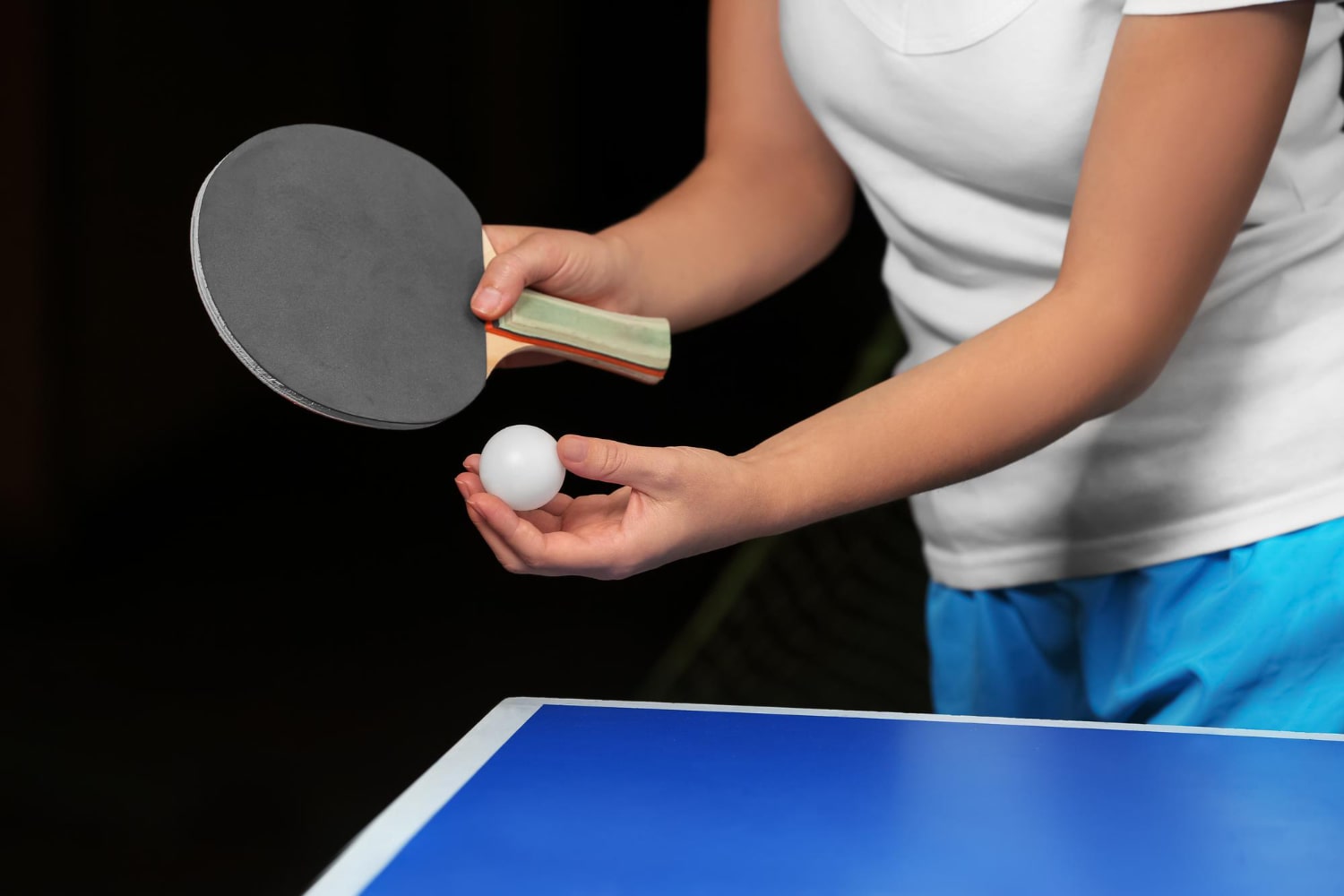Table tennis is not just a popular pastime but also one of the most dynamic sports in the world. It combines reaction speed, strategic thinking and endurance despite the compact playing area. For many people, it is associated with friendly matches in the garden or club, but its history and rules are full of fascinating details. You may not know that table tennis is an Olympic sport and has its own legendary champions who set incredible records. Here are some captivating facts that will show you this game from an entirely new perspective.
- Table tennis originated in the late 19th century in Great Britain as an alternative to lawn tennis during rainy weather. Improvised materials were used for play – books as rackets, golf balls or handmade balls made of string, and books lined up as a net. Only later did specially designed equipment and standardised rules appear.
- Initially, table tennis had several names, including gossima, whiff-whaff and ping-pong. The latter became so popular that it was registered as a trademark by Parker Brothers in the USA. For this reason, the term table tennis is used in official international competitions to avoid legal restrictions.
- The International Table Tennis Federation (ITTF) was founded in 1926, and in the same year, the first World Championships were held in London. Today, the federation includes over 200 national associations, making it one of the most widespread sports in the world. Competitions are held on all continents, including events for youth and veterans.
- Table tennis became an Olympic sport in 1988 at the Seoul Games. Since then, Chinese athletes have dominated the sport, winning the majority of gold medals. Their success is attributed to a long-standing training system and the game’s immense popularity in the country.
- The dimensions of a table tennis table are strictly regulated – length 2.74 metres, width 1.525 metres, height 76 centimetres. The net height is 15.25 centimetres and must be sufficiently tight so that the ball bounces according to the rules. These standards are the same for both amateur and professional competitions.
- Table tennis balls were originally made of celluloid, but due to flammability and environmental concerns, the material was replaced with special plastic. The diameter of the ball is 40 millimetres, and the weight is 2.7 grams. The colour is usually white or orange to ensure good visibility on the table.
- Table tennis rackets consist of a wooden blade and rubber coverings, which can vary in surface texture. This affects the speed and spin of the ball during play. Professional players choose coverings according to their tactics and style of play.
- Table tennis is considered one of the fastest sports in the world due to the high speed of the ball. Professional players can hit the ball at speeds exceeding 100 km/h, and the reaction time to a shot is less than half a second. This demands exceptional concentration and coordination from the players.
- According to the rules, a game lasts until 11 points, and victory requires at least a two-point advantage. A match usually consists of an odd number of games – most often five or seven. This format helps avoid random wins and allows the stronger player to showcase their skills.
- A unique feature of table tennis is the effect of ball spin on its trajectory. Experienced players use various types of spin to force their opponents into making mistakes. This makes the game not only fast but also tactically complex.
- Table tennis is one of the most accessible sports, as it requires only a table, a net, rackets and a ball. It can be played both indoors and outdoors, which contributes to its popularity among people of all ages. This makes it a common choice for schools, clubs and family recreation.
- Around the world, extreme table tennis tournaments are held where the table may have a non-standard shape or multiple levels. These competitions are more for entertainment than for competition, but they attract attention to the sport. This shows the versatility of table tennis and its ability to adapt to different formats.
- Table tennis is beneficial for health as it improves cardiovascular function, develops fine motor skills and exercises the brain. The game requires quick decision-making and anticipating the opponent’s moves, which has a positive effect on cognitive abilities. This makes it not only a sport but also an excellent way to maintain activity at any age.
- Some professional players achieve worldwide fame and become true stars in their countries. For example, Jan-Ove Waldner from Sweden is considered one of the greatest players of all time, and his playing style is studied by coaches and athletes around the world. Such figures inspire young people to take up the sport.
- Table tennis became a tool of diplomacy in relations between the USA and China in the 1970s. This so-called ping-pong diplomacy helped ease tensions between the countries and became a symbol of peaceful dialogue. It demonstrates that sport can have significance far beyond competition.
Table tennis is a sport that combines speed, technique and tactical mastery. Fascinating facts about it prove that even in a small space, it is possible to achieve incredible results and set records. You may not know it, but this game has a great impact both on physical development and on intercultural interaction. Table tennis should be appreciated not only as entertainment but also as a unique phenomenon of world sport.





